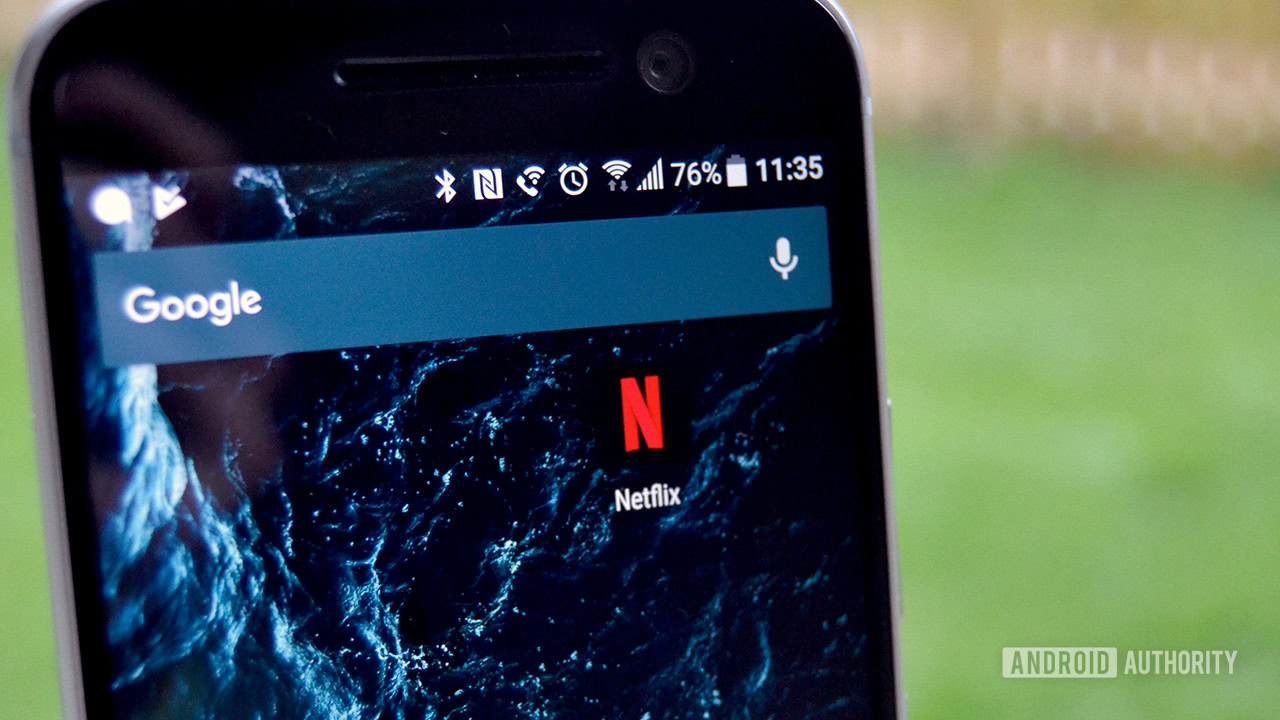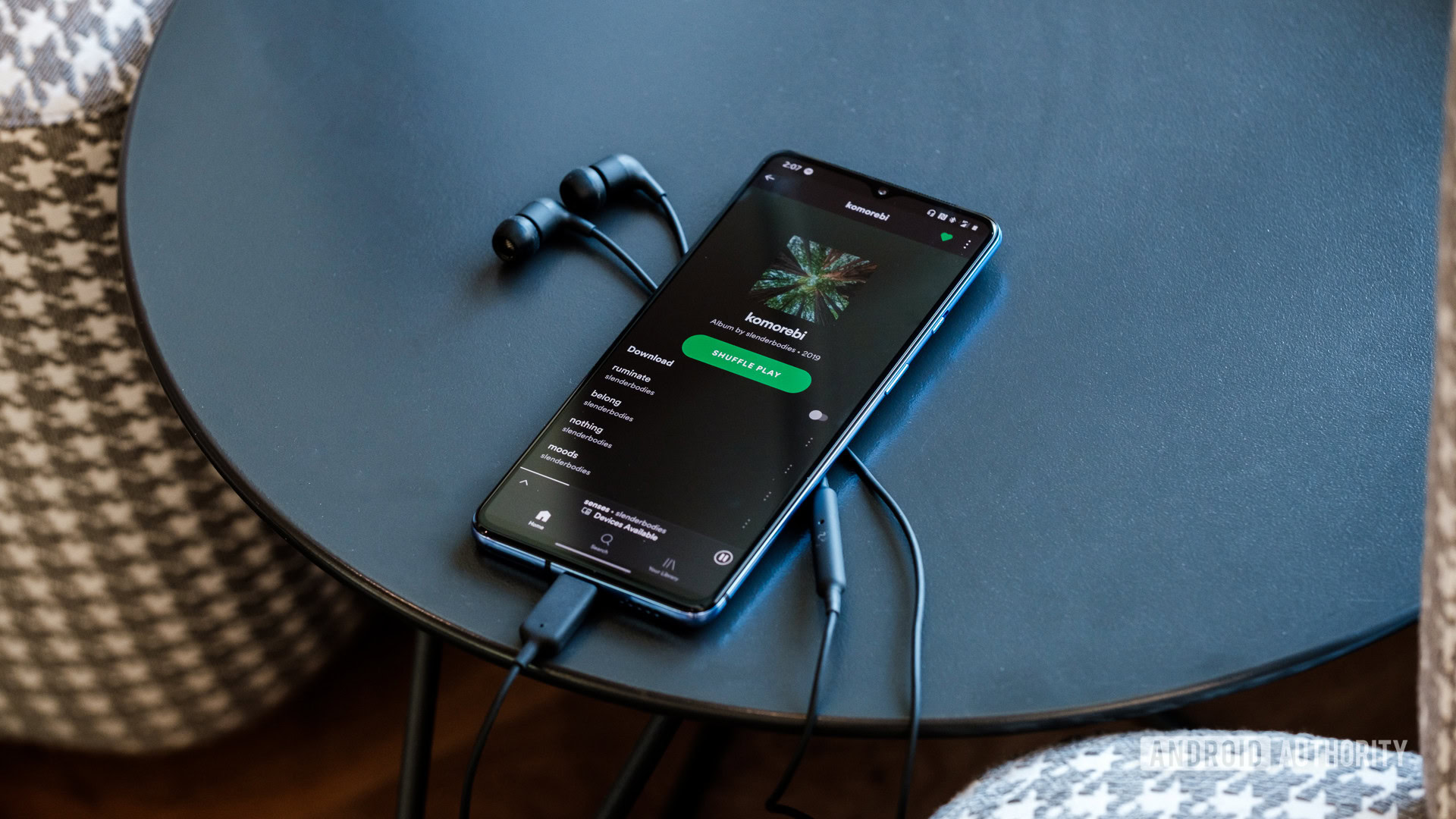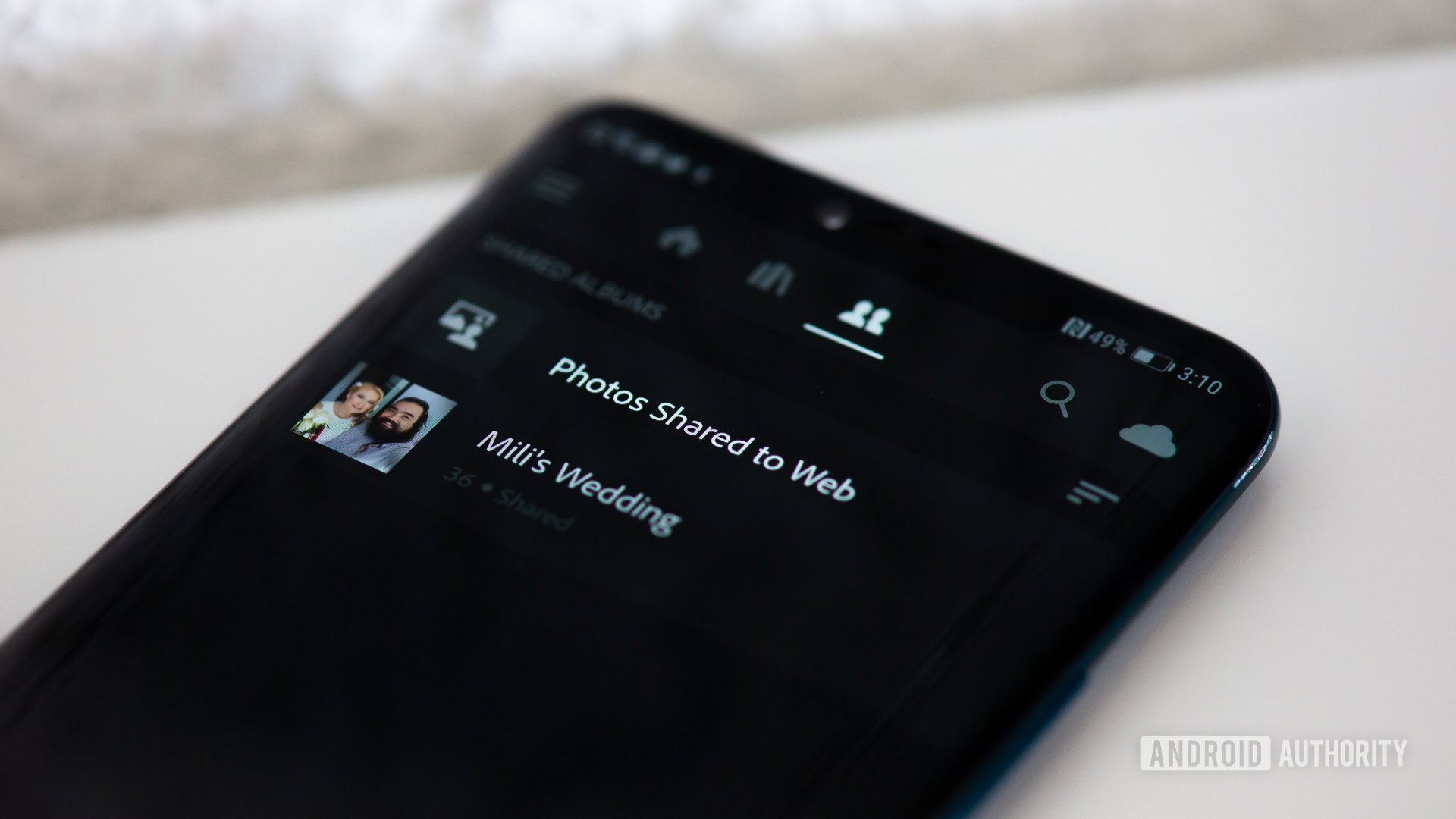Affiliate links on Android Authority may earn us a commission. Learn more.
Subscription service fatigue: How many is too much, and what's the future?

How many subscription services can you tolerate? Where will you draw the line between acceptable cost versus yet another expense?
There’s a growing problem for consumers used to a mix of paid, free, and ad-supported content: It’s all going towards paid subscriptions. Recurring revenue is a gift from gods to companies and creators, and we’re finding out how far it can go.
Most types of premium entertainment and content, plus associated services, are becoming a small monthly or annual expense. The era of one-time payments is over, and the list of services asking for a monthly fee is long and growing. And streaming service subscriptions are just the start, as you’ll see in this overview of the world of mainstream subscription services.
Subscription services add up fast. Here’s how.

TV and movies are the first stop and the tech subscription service most of us think of first. We’ve already been watching Netflix, HBO Now, Hulu, and Amazon Prime Video for various movies and TV we enjoy. With Disney Plus and Apple TV Plus joining in, and cheap enough to make both almost automatic buys, the list is bulging out.
With billions being thrown at hit new content, for some, that’s enough to cut the cord on cable and the bundled mash of channels. A recent study found 70% of US households have a streaming subscription, with the average viewer taking up 3.4 services at once. At an average cost of $8.53 per service, that’s a $29 per month cost. But that’s just the beginning.
Music

Next up is a music subscription. After switching from MP3s and iTunes to streaming music, there are a handful of winners you either use or subscribe to: Spotify, Apple Music, TIDAL, Pandora, SiriusXM, or perhaps Amazon Prime Music, or whatever Google is trying to simultaneously stifle/launch. That’s not all that you can get for your ears either — perhaps you choose to listen to audiobooks via Audible, or Scribd, or a host of smaller competitors. You might try Blinkist for getting the core details out of books fast rather than listening to them all.
And of course, podcasts. While most podcasts are free and often ad-supported, Luminary and Spotify are trying to make big plays in scooping up podcasts to get people to pay for exclusive content on a subscription model. With true wireless earbuds becoming more common, listening on the go is easier than ever, so it’s incredibly likely you pay for one service among these.
Audio services aren’t expensive. Spotify is about $10/month, Blinkist runs about $7 monthly, Audible is $14.95/month plus additional payments for books. But, as you’ll see, they add up. For an example, we’ll go with Spotify here for $10/month.
Gaming

Gamers have been paying for subscriptions for ages, especially for the console games where Xbox Live and PlayStation Plus have been mandatory for getting online. Google Stadia is now out to shake that up further, as payments go from the large upfront cost of a console or PC, to monthly payments for convenient access (in theory).
On mobile, popular games have tried all of the following:
- Premium paid games
- Free-to-play games where paying a fee removes the ads
- Free-to-play games where payments made things go faster in multiplayer worlds like Clash of Clans
- Completely free games which incentivize having more fun via paid or subscription battle passes
- Now, Apple Arcade and Google Play Pass: subscriptions to play unique and exclusive games/almost unlimited gaming
Fortnite started the seasonal subscription efforts for mainstream gamers, and that’s been rolled out to other big games, including Dota 2. Twitch and Mixer lean on offering freemium subscriptions to fans of creators. These allow the likes of Ninja to have a wide audience, while subscribers contribute to their revenue base.
Chances are if there’s a gamer in your household, they have at least one paid subscription to Xbox, Sony, Google, Apple, Epic, or Supercell. Or more than one. That’s another $10/month in there for many, at least.
News and views
News and magazines have seen revenue eaten away by Facebook and Google, along with a hit-or-miss audience from Facebook Newsfeed and Google News and Search. Subscriptions and semi-open paywalls are the new trend. For some publications like The New York Times, it appears to be working. Apple News Plus is not, and will likely merge into an Apple bundle. We’re talking another $12.50/month for the Times.
Apps, tools, and services

Your favourite apps and tools are no longer buy-it-once premium options, but paid subscriptions, asking for a monthly fee. Hello Adobe. This does allow for genuine revenue streams for developers of small apps to support the never-ending demands of users. Duolingo asks for a payment to unlock premium features; iCloud, Google Photos, Google Drive, and Dropbox want money to store your files beyond a certain point; to-do apps get more useful when you pay; password manager (which is just about essential for online security) do the same; Headspace is a yearly model; Tinder entices you to pay to get more matches; while even weather apps have paid subscriptions. A free VPN is risky, while paid options are better than ever.
200GB of iCloud storage is $2.99/month, and let’s say you pay for an app like a VPN — say ExpressVPN — for security for $6.67/month, along with LastPass for another $2.67/month. That’s $12.33/month.
Live sport continues to bring major audiences. But while casual fans can still catch most big games on cable, more dedicated fans who need to bypass blackouts are buying the likes of NBA League Pass, NFL Game Pass, and MLB TV. ESPN Plus offers more streaming, and the model is working for other sports: F1 TV has opened Formula 1 motorsport much further. The latest content delivery player is DAZN, a pure-sport live streaming service, with a focus on boxing and super fights.
DAZN is $10/month, so we’ll count that.
And much more
Enjoy following an artist, a creator on YouTube, and even some journalists, writers, and authors? Chances are, to support themselves they’ll have a Patreon, where fans are encouraged to pay a monthly subscription to unlock additional exclusive content. Even adult entertainers are in the space, which is usually a sign of the future. Musician Ben Folds has a Patreon, running at $10/month.
I haven’t yet mentioned the anomaly that is the boxed-up offering of Amazon Prime, offering its range of services in one go: faster delivery, streaming video, music, Twitch Prime, Prime reading for free books, Audible Channels for Prime, Whole Foods savings, and more. Apple, as well, is working on a bundle service, if you believe usually reliable reporting. Amazon Prime runs $12.99/month.
Then there are gyms and co-working spaces that are aiming to attract members, or paying subscribers, to work out or just plain work, and be part of a community. Uber and Lyft are offering subscriptions for those that commute regularly via car-sharing apps. You might enjoy a physical magazine subscription, bespoke coffee roasters that mail a fresh Fair Trade bag of beans or two a month, and even premium bicycles offer a subscription model.
I haven’t yet mentioned the classics that are “optional,” but basically essential for nearly everyone: broadband and cellular plans.
Read next: Netflix account sharing: Everything you need to know
Monthly total: $106.82

Sticking with just one or two premium subscriptions in the above categories, we hit a total monthly of $106.82:
| Service | Cost (per month) |
|---|---|
Streaming entertainment: 3.4 services | $29 |
Music: Spotify | $10 |
Gaming: PlayStation Plus | $10 |
News: New York Times | $12.50 |
Apps: iCloud+VPN+LastPass | $12.33 |
Sports: DAZN | $10 |
Artists: Patreon | $10 |
Amazon Prime | $12.99 |
TOTAL: | $104.15 |
There is no one typical household, and these services can be shared. Also, paying an annual fee upfront would reduce these costs across each month. This number could easily go higher for many households, but I don’t see it dropping much below the $60 per month point, considering streaming TV, music, and at least one or two additional subscriptions like Amazon Prime.
What could shake up the ever-growing subscriptions?
1. Bundles
Bundling services is surely going to become a play at some point. Just as combining as much as possible is Amazon’s play via its Prime subscription, an annual purchase to unlock or collect more than one service together is a no brainer. This is expected of Google at some point, and Apple seems headed down that path too with its new services coming soon. Though, bundling would equal less revenue, and Apple doesn’t give much away for free.
Related: Disney Plus-Hulu-ESPN Plus bundle
Family plans are one step down the road, setting up one main payer to allow a few adults and/or kids to tap into the service as well.
When will we see more cross-platform plays? What if Spotify premium comes with Google Play Pass, along with a VPN, and a New York Times subscription? It’s not easy to offer a catch-all that truly appeals to everyone, but at a big enough discount, bundles make sense. Think Humble Bundle, but wider.
2. Pay only for what you use
This seems less likely but it’s worth mentioning as the other viable methodology I can see.
There are only so many hours in a day. Instead of bundling too much that you can never use, another model might look at paying for usage: you pay only for the number of hours you watch or play, with an all-you-can-eat model available for more heavy users. For example, pay just $5 for Netflix for the month if you didn’t watch more than 15 hours, or $15 if you watched more than 30 hours. That does create perverse incentives that would need to be thought through, but I’d expect something like this to happen to some services over time.
What happens next is not clear. One person I spoke to for this story mentioned using TrackMySubs (which also has a subscription model!) to help them cull back and keep track of their monthly costs. But the pushback against subscriptions isn’t a real movement yet, and other people I questioned admitted to simply forgetting about their subscriptions; or, they share accounts and diminish costs in that way.
There is a natural overall limit on how much someone can feasibly pay, and how much entertainment you can use in a month. Companies are racing to find out just where that limit is.